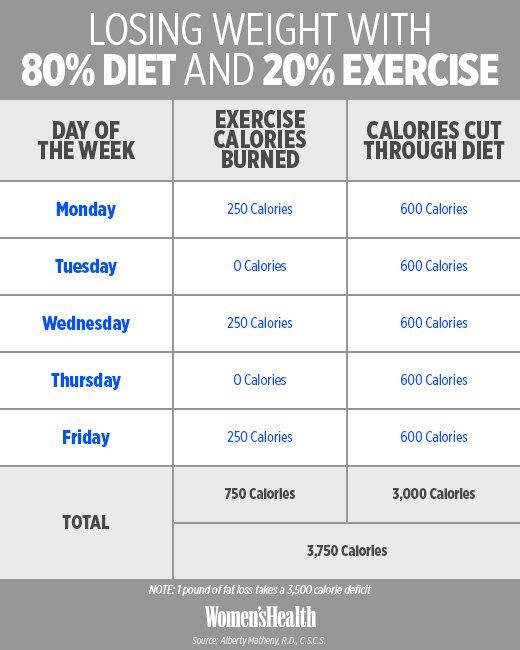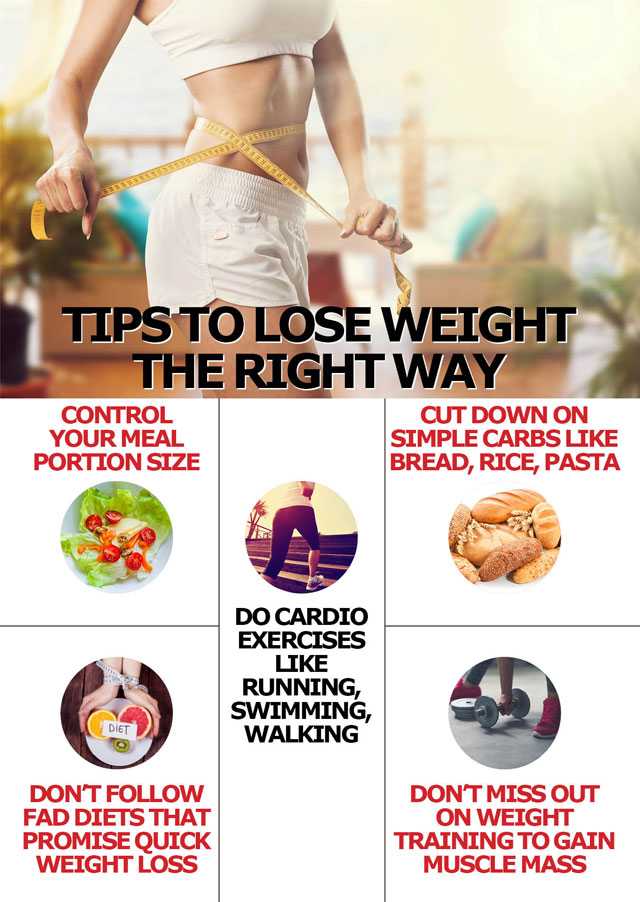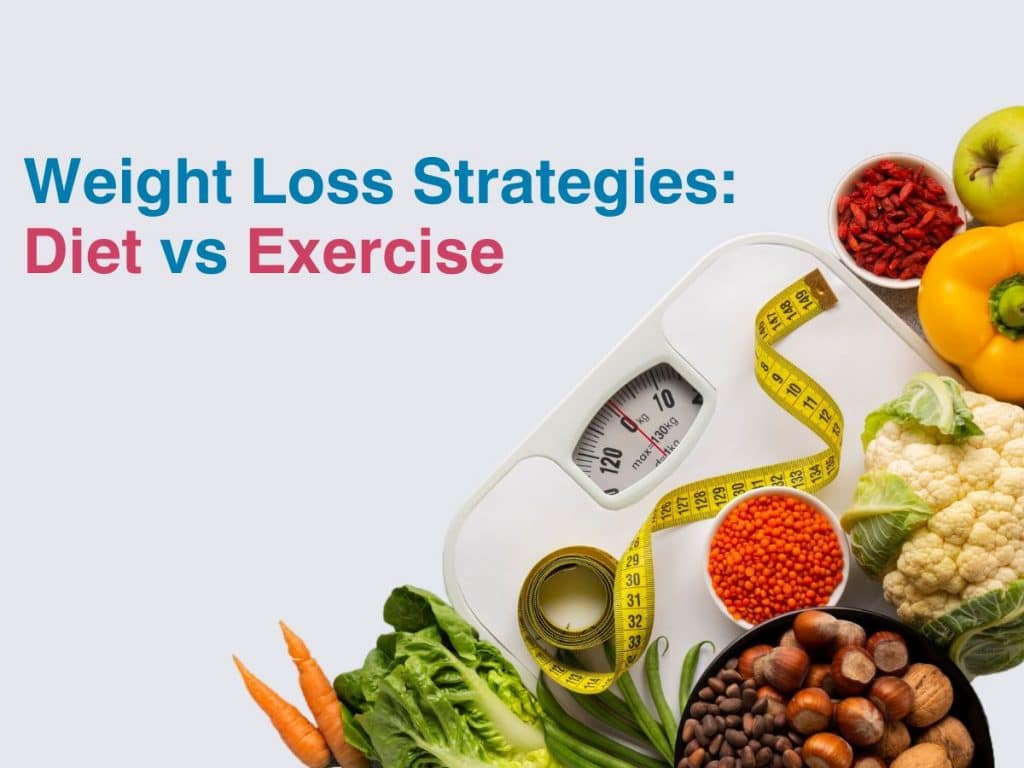Are you wondering whether exercise or diet holds the key to losing weight? You’re not alone.
Many people struggle with this question because both play important roles—but which one should you focus on first? If you want to shed pounds effectively and keep them off, understanding how diet and exercise work together is crucial. You’ll discover why cutting calories through your diet often leads to quicker initial weight loss, how exercise boosts your metabolism and maintains your progress, and most importantly, how combining both can unlock the best results for your body and health.
Ready to find out what really works for you? Keep reading!
Diet For Fast Weight Loss
Diet plays a key role in fast weight loss. It controls the calories you take in, which directly affects weight. By choosing the right foods and amounts, you can lose weight quickly and safely. Focused eating helps your body burn stored fat for energy. This section explains how diet helps speed up weight loss.
Creating A Calorie Deficit
Weight loss happens when you burn more calories than you eat. This is called a calorie deficit. Eating fewer calories than your body needs forces it to use stored fat. Diet is the easiest way to create this deficit. Cutting calories by controlling portions and choosing low-calorie foods works best. You don’t have to exercise hard to lose weight if you eat less.
Why Eating Less Works Better
Eating less reduces calorie intake immediately. Exercise burns calories but often not enough to match large food portions. It is simpler to skip high-calorie snacks than to burn them off later. Smaller meals keep hunger under control and stop overeating. Eating less also improves digestion and energy levels, helping your body function better.
Foods To Focus On
Choose foods that fill you without many calories. Vegetables, fruits, lean proteins, and whole grains are best. They provide vitamins and fiber that keep you full longer. Avoid sugary drinks and processed foods that add empty calories. Drinking water before meals can reduce hunger. Healthy fats from nuts and seeds help balance your diet and support weight loss.
Common Diet Mistakes
Many make mistakes that slow down weight loss. Skipping meals can lower metabolism and cause overeating later. Eating too few calories may harm your body and reduce muscle mass. Relying on fad diets often leads to quick regain of lost weight. Ignoring protein needs can make you feel weak. It is important to eat balanced meals and stay consistent.

Credit: www.womenshealthmag.com
Exercise’s Role In Weight Loss
Exercise plays a vital role in weight loss beyond just burning calories. It helps shape your body and supports long-term health. Regular workouts increase your energy use and improve your metabolism. Exercise also builds muscle, which helps burn more calories even when resting. These benefits make exercise an important part of any weight loss plan.
Understanding how exercise works can help you use it more effectively. Different types of workouts target various parts of your body and energy systems. Staying safe during exercise avoids setbacks and keeps your progress steady. Let’s explore exercise’s role in weight loss in more detail.
Burning More Calories
Exercise increases the calories your body uses daily. Activities like walking, running, and cycling raise your heart rate and burn energy. The more intense or longer the workout, the more calories you burn. This calorie burn helps create the energy deficit needed to lose weight. Even small daily movements add up to a significant calorie burn over time.
Building Muscle To Boost Metabolism
Muscle tissue burns more calories than fat, even when you rest. Strength training builds muscle and increases your resting metabolic rate. This means your body burns more calories throughout the day. Adding muscle also improves your body’s shape and strength. Lifting weights or using resistance bands are good ways to build muscle.
Types Of Effective Workouts
Aerobic exercises like jogging and swimming improve heart health and burn calories. Strength training builds muscle and supports metabolism. High-intensity interval training (HIIT) combines bursts of intense exercise with rest. This method burns many calories in a short time. Combining these workouts gives balanced benefits for weight loss.
Avoiding Injury And Burnout
Exercise should challenge your body without causing harm. Start slowly and increase intensity gradually to avoid injury. Rest days are important to let your muscles recover. Overdoing exercise can lead to burnout and loss of motivation. Listening to your body helps keep your routine safe and effective.
Combining Diet And Exercise
Combining diet and exercise creates a powerful strategy for weight loss. This balanced approach helps you shed pounds and improve overall health. Diet reduces calorie intake, while exercise burns calories and builds muscle. Together, they enhance metabolism and support lasting results.
Benefits Of A Balanced Approach
Using both diet and exercise improves weight loss speed and effectiveness. Diet alone can cut calories quickly, but exercise helps maintain muscle and boosts metabolism. This combination reduces fat while preserving lean body mass. It also supports heart health, mood, and energy levels. A balanced method prevents plateaus and encourages steady progress.
Designing A Sustainable Routine
Create a simple plan that fits your lifestyle. Choose healthy foods with plenty of vegetables, fruits, and whole grains. Avoid highly processed snacks and sugary drinks. Add exercise you enjoy, such as walking, cycling, or light strength training. Start small and increase intensity gradually. Consistency beats intensity for long-term success. Make your routine easy to follow every day.
Tips For Long-term Success
Set realistic goals to stay motivated. Track your food intake and physical activity. Celebrate small achievements to build confidence. Stay flexible and adjust your plan as needed. Find support from friends, family, or groups. Rest and recover to avoid burnout and injury. Focus on habits, not quick fixes. This mindset promotes lasting weight loss and a healthier lifestyle.

Credit: www.femina.in
Exercise Beyond Weight Loss
Exercise offers many benefits beyond just losing weight. It improves overall health and well-being. Moving your body regularly helps your heart, mind, and body stay strong. These benefits support a healthy lifestyle in many ways.
Regular exercise strengthens your heart and keeps your blood flowing well. It also helps your mood and mental health by releasing good chemicals in the brain. Exercise lowers risks of many diseases too. These effects show why exercise matters beyond weight loss.
Improving Heart Health
Exercise makes your heart stronger and more efficient. It lowers bad cholesterol and raises good cholesterol. This reduces the chance of heart disease and stroke. Physical activity also helps control blood pressure. A healthy heart supports all body functions and improves life quality.
Enhancing Mood And Mental Health
Exercise releases chemicals called endorphins that boost mood. It reduces stress, anxiety, and feelings of depression. Moving your body regularly helps you sleep better too. Good mental health supports daily energy and motivation. Exercise is a natural way to feel happier and calmer.
Reducing Disease Risks
Physical activity lowers the risk of many illnesses. It reduces chances of diabetes, certain cancers, and osteoporosis. Exercise helps keep your immune system strong. It also aids in managing chronic conditions like arthritis. Staying active protects your body and adds years to life.
Common Myths And Facts
Many people have strong opinions about exercise and diet for weight loss. Some believe exercise alone melts fat quickly. Others think dieting is enough without moving more. Separating myths from facts helps you make better choices. Understanding what really works avoids frustration and wasted effort.
Let’s explore some common myths and facts about exercise and diet. Knowing the truth guides your path to healthy weight loss.
Is Exercise Alone Enough?
Exercise burns calories and builds muscle. This helps increase metabolism over time. Still, exercise alone rarely creates a large calorie deficit. Without controlling food intake, weight loss may be slow or minimal. Many people eat more after workouts, undoing calorie burn. Exercise supports weight loss but usually cannot do it alone.
Can You Lose Weight Without Dieting?
Weight loss happens when you burn more calories than you consume. Dieting reduces calorie intake directly. It is often easier to eat less than to exercise more. Some people lose weight just by changing diet. Yet, combining diet with exercise gives better results. Diet changes have a bigger initial effect on weight loss.
Debunking Popular Misconceptions
Myth: “You must do hours of cardio daily.” Fact: Short, consistent workouts help more. Myth: “Carbs make you gain weight.” Fact: Portion size and total calories matter more. Myth: “Muscle weighs more than fat.” Fact: Muscle is denser but not heavier by volume. Knowing facts stops confusion and helps you focus on what works.
Practical Tips For Fast Results
Achieving fast weight loss results requires smart and practical strategies. Simple changes in eating habits and exercise routines can make a big difference quickly. Focus on clear, manageable steps that fit your lifestyle. These tips help speed up weight loss while building healthy habits.
Meal Planning And Portion Control
Plan your meals ahead to avoid unhealthy choices. Prepare balanced plates with vegetables, lean proteins, and whole grains. Use smaller plates to control portion sizes easily. Avoid second servings and listen to your body’s hunger signals. Drinking water before meals can reduce overeating. Keep snacks healthy and limited to fruits or nuts.
Incorporating Aerobic And Resistance Training
Add both aerobic and strength exercises to your routine. Aerobic activities like walking, cycling, or swimming burn calories quickly. Resistance training builds muscle, which increases metabolism even at rest. Aim for at least 150 minutes of moderate aerobic exercise weekly. Include two or more days of strength training targeting major muscle groups. This combination helps burn fat and tone your body.
Tracking Progress Effectively
Track your food intake and exercise to stay on course. Use simple apps or journals to record meals and workouts daily. Monitor your weight and body measurements weekly for clear feedback. Celebrate small achievements to stay motivated. Adjust your plan based on progress and challenges. Tracking creates awareness and helps maintain focus on your goals.

Credit: www.kimssunshine.co.in
Conclusion
Choosing between exercise and diet for weight loss is not an either-or decision. Diet helps create a calorie deficit quickly and effectively. Exercise supports long-term weight control and overall health. Combining both leads to better, lasting results. Focus on eating nutritious foods and staying active regularly.
Small, consistent changes make a big difference over time. Remember, balance and patience are key to success. Keep moving, eat well, and enjoy your journey to better health.



